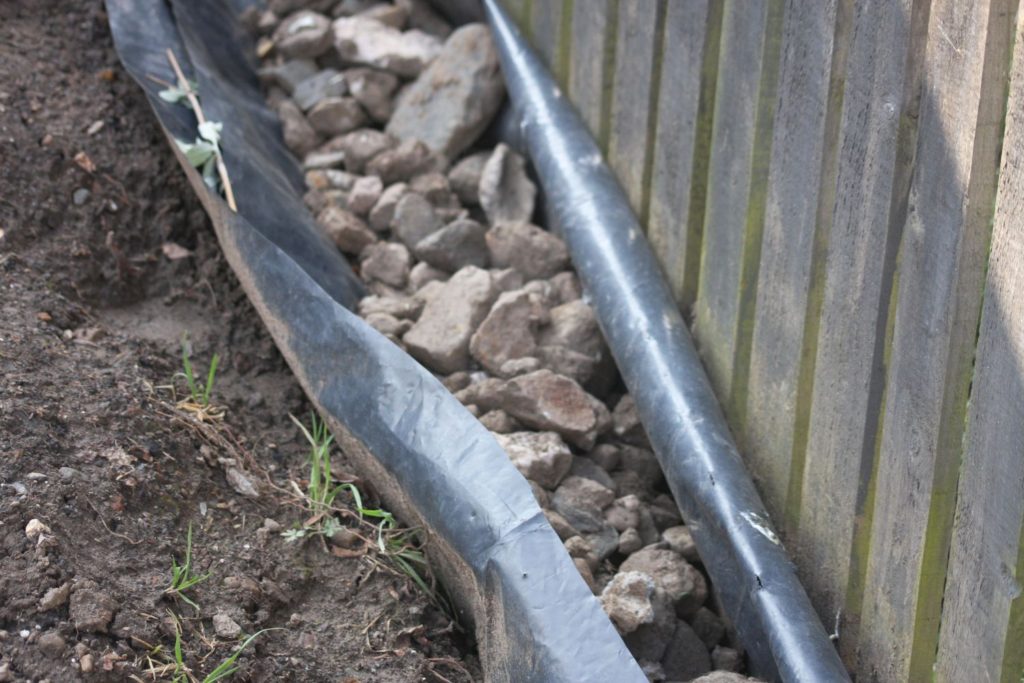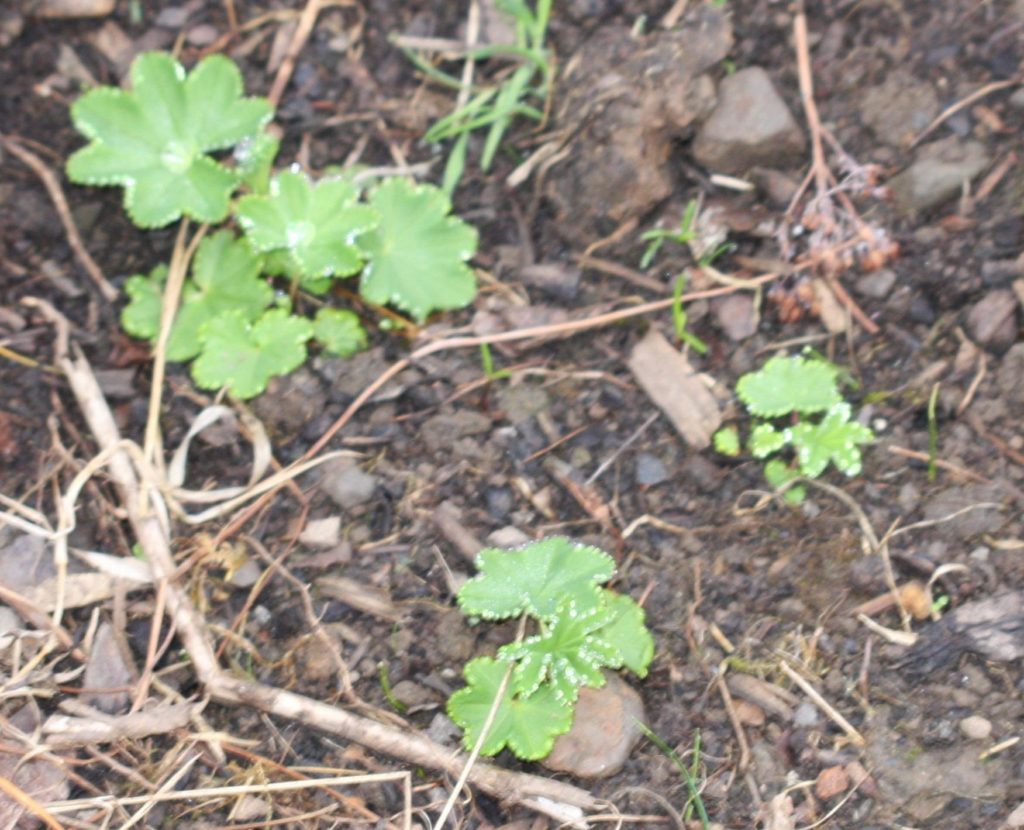
These are stones I lifted from the front garden when I dug up the lawn. It isn’t all of them either – I’d only done half of it when I took this photo. They mark a shift in my understanding of this new territory as we go through the seasons. The ‘place of the fire’ is really down the hill in the long town, where the miners lived, and it does shape the landscape and the mindset there. But, although some fire poems are still coming, I’m feeling my new roots are being influenced by something else. We are up the hill, a mile away, on land that has always been farmed and grazed, and the territory where I live and garden is shaped by the layers of stone underneath the very wet earth. It is hilly and sometimes steep – our front garden slopes away to both sides and the front path is like a drawbridge let down onto the road in front. My hands are battered and my nails are broken by weeding amongst the bands of sticky clay, often with rocks embedded in them, that make up the garden.
But the soil is full of invertebrates – plenty of worms, beetles, spiders and other grubs, and it is growing a lot of things I hoped for, as well as a few things I did not expect. I thought, having less space available to me, I wouldn’t bring some plants I thought might be invasive, especially as I think they might be growing wild locally. The plants had other ideas. Alchemilla, foxglove, meadowsweet and welsh poppy have hitch-hiked on the plant pots I brought with me, sweet cicely and chickweed crept in from the wild, and really, I am so glad to see them!

This garden knows what it wants, and it wants things I did not plan for.
The wider territory is making its personality plain too. The big difference here is the trees – all those folds and inclines are lined with trees, and verges are planted up lavishly, not only with the predictable flowering cherry or oak, but bird cherry, whitebeam, lime, hazel and beech. Gardens are full of lilacs, magnolias and laburnum, and I found not only wild planted apple trees, but a community orchard in the park. There are fewer ash trees and almost no alders, but what we do have in quantity is beech, which I love. Some of my earliest tree memories are of beech – an autumn tree silhouetted against a blue sky as I came home from church, watching leaves spin gently to the ground outside my English classroom one misty November day – but here I am getting to know them very closely.

I had never seen beech flowers before, mostly because they appeared on branches way above my head, but here I walk among them.
The understorey of beech trees, and the plant habitats here are different from what I’m used to. We have had fewer bluebells and no primroses except in my garden, but more violets, cowslips, ferns and herb robert, fewer wild roses, much more honeysuckle. And I have just seen the weird spikes of wild arum unfolding – the first time I have come across it in Scotland.
The newness of all this has made me slow down all the plans and projects I might have had. I’m letting my herbs settle in to their new space before I harvest any, and listening more to what my new territory is telling me about how to go forward.